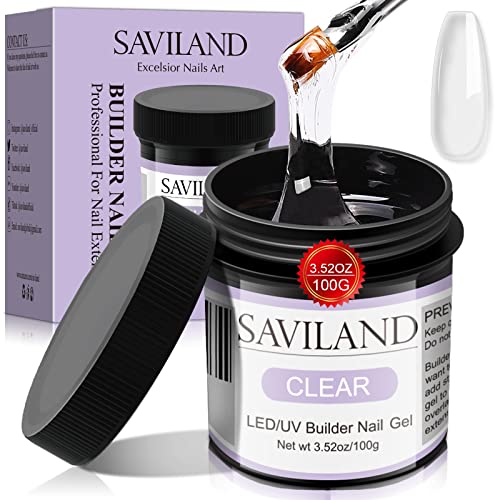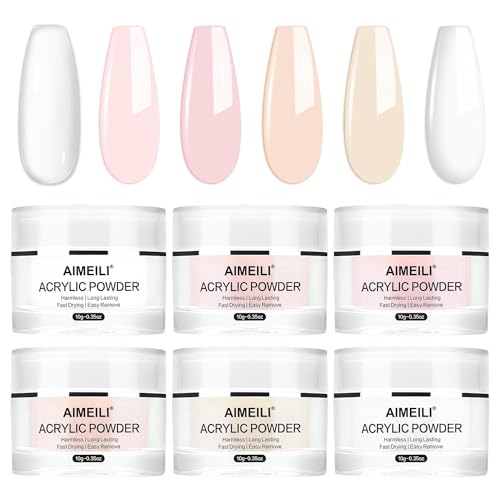Understanding the Rode Microphone: The Essentials We Need to Know
What is a Rode Microphone?
Rode Microphones is an Australian company that has built a reputation for producing high-quality microphones for various applications, including music recording, podcasting, and video production. We recognise that having the right mic is crucial as it directly influences the audio quality of our recordings. It’s important to know that Rode offers a diverse range of microphones, from compact lavalier mics to versatile shotgun options, catering to different recording needs. The build quality, innovative features, and affordable pricing make them a popular choice among both amateurs and professionals.
Key Features to Consider
When we think about Rode microphones, several key features stand out. These include the microphone type—dynamic or condenser—each favoured for distinct purposes. For instance, condensers capture detailed and nuanced sound, ideal for vocal work and acoustic instruments, while dynamics are more rugged, perfect for live performances. Also, extensions like directional pickup patterns, which can either isolate sound or capture ambient noise, have a significant impact on the recordings. Lastly, many Rode microphones offer built-in features such as low-cut filters or pad switches, giving us more control over sound capture.
Choosing the Right Rode Microphone for Our Needs: A Quick Guide
Evaluate Our Recording Environment
To select the right Rode microphone, we first need to consider our recording environment. Are we working in a controlled studio or an outdoor setting? For studios, we might prefer a condenser microphone, as it picks up finer details and provides a warm sound. Conversely, for outdoor or live settings, dynamic microphones are usually better as they’re built to handle sudden noise and rough handling.
Identify Our Purpose
Next, we should think about what we’re recording. For musicians capturing instruments, a versatile mic like the Rode NT1-A can provide clarity and warmth. If we’re focusing on voiceovers or podcasts, the Rode NT-USB is ideal as it connects directly to our computer and offers great sound quality. Understanding the specific requirements of our projects helps narrow down our options considerably.
Set a Budget
Lastly, we want to establish a budget before diving into options. Rode microphones range quite a bit in price, and having a clear idea of our budget allows us to find the best microphone within our financial reach. It’s worth investing a bit more on a quality microphone if it means achieving a significant improvement in our audio quality.
Maximising Sound Quality: Tips for Using Your Rode Microphone
Proper Placement Matters
To achieve maximum sound quality, placement of the microphone is essential. We should position the microphone close to the sound source while avoiding plosives from vocals. This often means angling the mic slightly off-axis to capture more natural tones. If we’re using a shotgun mic, point it directly at the sound source to ensure clarity, particularly in noisy environments.
Use Pop Filters and Windscreens
When recording vocals, adding a pop filter can significantly improve our audio quality by reducing plosive sounds that occur during speech. For outdoor recordings, attaching a windscreen to the microphone helps minimise wind noise, allowing our recordings to remain clear and professional.
Test and Adjust Levels
Before we finalize a take, we should always do a sound check. This involves adjusting the microphone’s input levels on our recording device to avoid distortion and ensure we’re capturing the sound at the right volume. Monitoring sound through headphones during recording helps us make any necessary adjustments on the fly.
Comparing Rode Microphone Models: Which One Fits Us Best?
Popular Choices Explained
We have several Rode microphone models to consider, each catering to different needs. The Rode NT1 is a popular large-diaphragm condenser ideal for vocals, while the Rode VideoMic series provides excellent quality for video recording. We should weigh the specific features of each model against our recording goals to determine the best fit.
Consider Compatibility
Compatibility is another crucial factor. We need to ensure that the microphone we choose works seamlessly with our current devices and software. For example, if we use a DSLR camera for video, a mic with a 3.5mm jack will make the connection easy and straightforward.
Reading Reviews and Specs
Taking the time to read through user reviews and specifications of each model provides valuable insight into their performance in real-world situations. Feedback from other users can highlight strengths or weaknesses we might not have initially considered and will help us make a more informed decision.
Accessories and Add-Ons for Our Rode Microphone: Enhancing Our Setup
Essential Accessories
To get the most out of our Rode microphone, we should consider essential accessories. A shock mount can help reduce handling noise, while a sturdy mic stand ensures stability during use. Cables are also important; investing in high-quality XLR cables can significantly reduce interference and maintain sound integrity.
Audio Interfaces and Mixers
If we’re recording with a computer or need to connect multiple microphones, an audio interface or mixer becomes indispensable. These devices allow us to manage sound levels and achieve higher audio quality in our recordings, which is particularly useful in a multi-mic setup.
Carrying Cases for Protection
Finally, investing in a quality carrying case for our Rode microphone is a smart move for safeguarding our equipment, especially if we frequently transport it. A hard case protects against unexpected drops, while a soft pouch can offer further protection from dust and scratches.



















